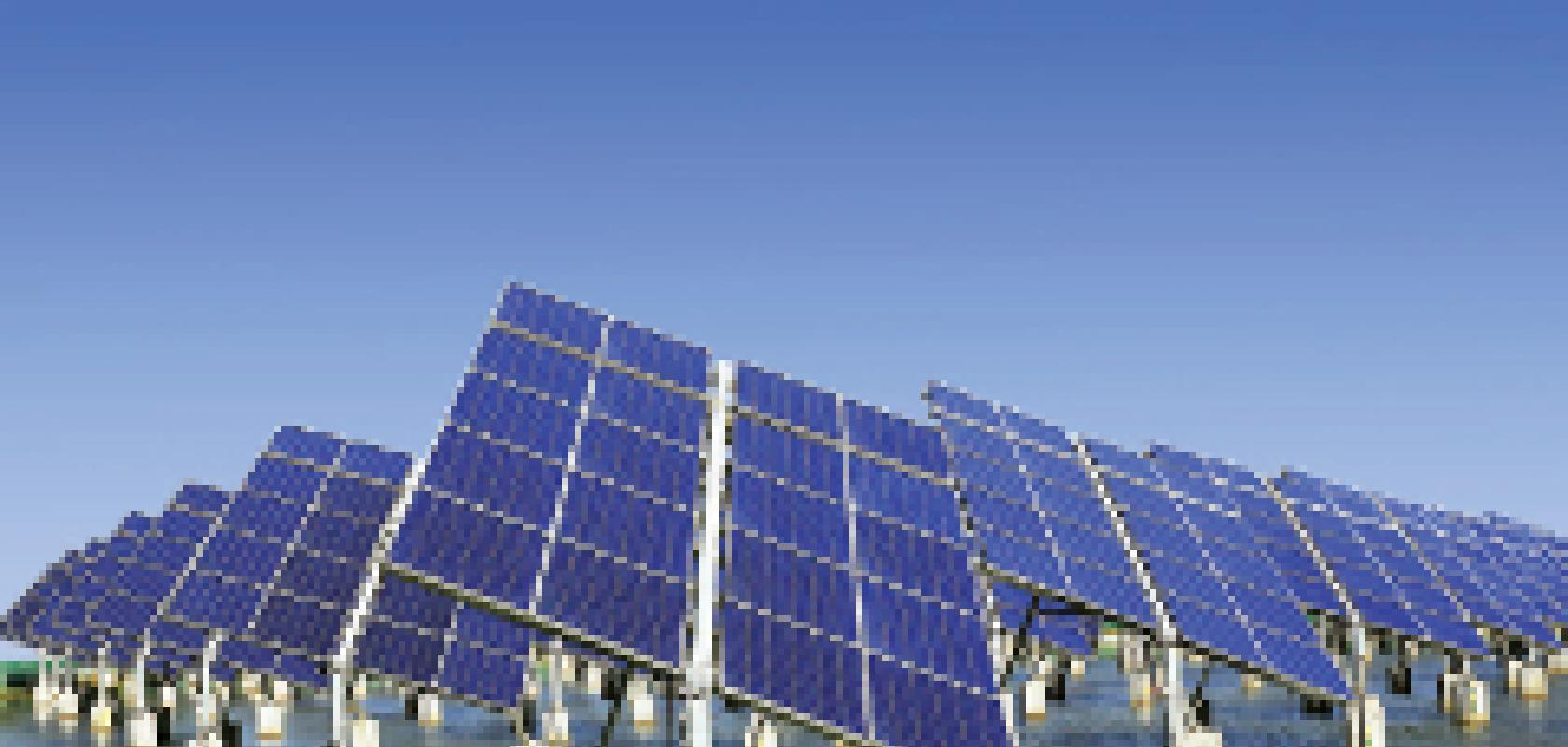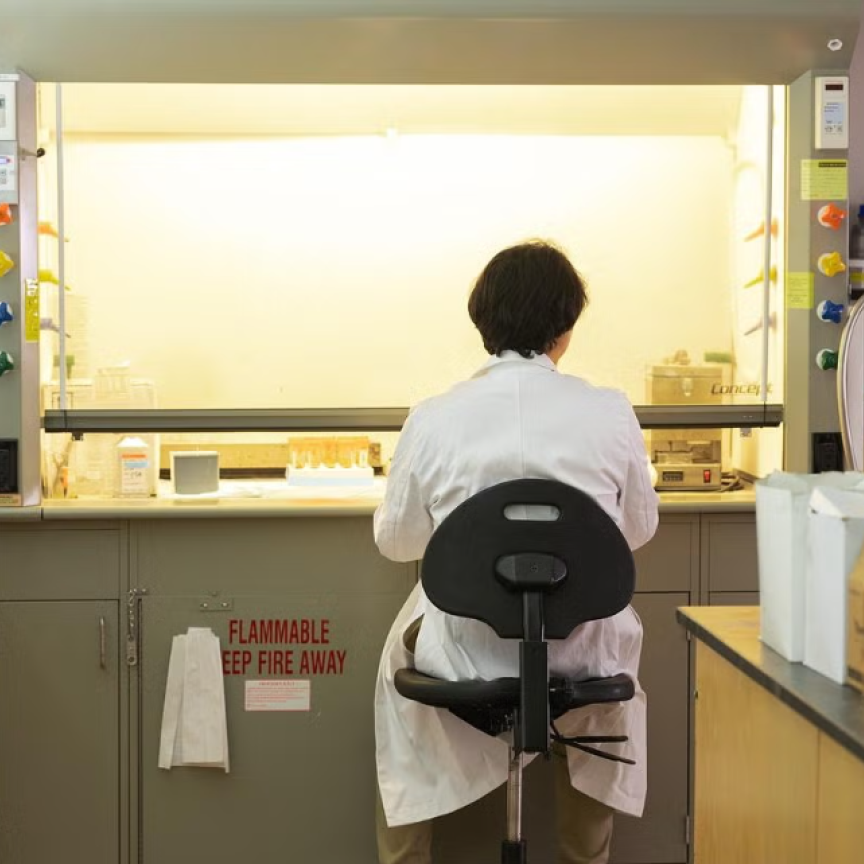Solar cells could be the answer to the world’s energy problems, collecting sunlight to power peoples’ modern lives. ‘Now the companies have some time to develop new things without having to focus that much on production,’ says Thomas Kiessling, 3D Micromac’s key account manager. Kiessling is referring to the overcapacity the photovoltaic manufacturing industry is suffering, largely caused by government support that distorted the market. Kiessling adds: ‘They are looking for new efficiencies and we think now is the time to launch new technology.’
The technology that 3D Micromac is promoting combines lasers with something similar to inkjets. ‘We are now focusing on one-stop-shop technology, a combination of inkjet and laser technology – and, so far, this is new in the market and no one has shown this,’ explains Kiessling. ‘We have introduced this technology for various companies worldwide, in Europe and Asia, and so far we have got good feedback and most people are quite interested.’
Now 3D Micromac has started a development phase that will lead to the launch of pilot tools to see if efficiency is improving from customer to customer. ‘Now we’ll see which companies are willing to invest in new technology now, so they have it ready when the downturn is over. What we see at the moment is, when we talk to our customers, especially in thin-film photovoltaic, is that they are at an investment stop,’ says Kiessling. ‘Experts expect that, by the middle of next year, the downturn of photovoltaics will be over and there will be a new investment phase and companies can invest in new technology now and use it when the market is turning up again.’
What Kiessling’s company is finding is that the next investment phase may be in the middle of next year, 2014 – but for now companies are keeping their existing equipment to produce their modules.
‘There is also the crystalline [photovoltaic] side. We hear similar things [about investment] that suggests it’s more like an upgrade market, which means these companies are implementing tools like backside opening.’ Kiessling refers to an area on the backside of the solar cell with contacts to enable the module to be integrated with the electronic system that will transfer the energy to the power grid.
This upgrading for process improvements, in areas such as backside drilling for contacts, can also improve solar cell efficiency. ‘The upgrade market allows companies to upgrade and increase cell efficiency by 0.3 or 0.4 per cent, but they are not investing in whole new factories – they are looking to improve the solar cell step by step, and this is a limited investment by these companies.’
Despite this limited investment Kiessling has hopes for the future: ‘From our point of view, we also felt the crisis in the photovoltaic industry, but we hope for better times next year and, with the new technology we have developed, we hope we can recover, once this downturn is over, a little bit earlier than other companies. Let’s see what happens.’
Another company looking ahead to the sunny uplands of recovery is laser provider Coherent. Dirk Mueller is director of product line management within the ultra-fast section of Coherent dealing with picosecond lasers. ‘There are some applications that have crystallised over the last few years, where picosecond pulses give you an advantage,’ he explains, referring to the solar cell market. For Mueller, the opportunity is picosecond lasers’ ability to replace photovoltaic manufacturing’s wet chemistry processes and the equipment for wet chemistry. ‘The equipment is inexpensive, but the consumables and the costs of running it can be quite high – with laser processes it is the other way around,’ Mueller explains. The picosecond laser systems to replace the photovoltaic wet chemistry equipment cost about a million euros each. According to Mueller, the laser systems ‘have a throughput of 3,500 to 4,000 per hour, but the total cost of ownership including consumables can be very advantageous’. The value proposition is about 40 US dollars per hour for the total ownership cost. ‘We usually calculate the cost of lasers as 10 dollars per hour in 24/7 production,’ says Mueller.
On those production lines maintaining good performance is key, and Armstrong Optical is now offering the fully automated optronic infrared test system, PV-LIT, which is manufactured by Germany’s InfraTec in-process control. PV-LIT uses a thermographic camera systems, using the megapixel resolution of the VarioCAM High Definition and ImageIR 9300 cameras to facilitate serial as well as individual testing of solar cells on the production line. Depending on the individual task and customer requirements, it is possible to operate the PV-LIT system with either uncooled or cooled camera systems. The newest cameras from InfraTec are able to deliver resolutions of up to 2,048 x 1,536 (3.1M) infrared pixels using the uncooled VarioCAM High Definition, and 1,280 x 1,024 infrared pixels using the cooled ImageIR 9300.
Whether it is inkjet-related technology or uncooled thermographic cameras monitoring production lines, Mueller – like Kiessling – is finding that companies are preparing to invest in new technology to prepare for the return to growth of the world economy.
‘There is little capital expenditure going on, but we still see some activity – even from companies that look like they are on the verge of bankruptcy,’ Mueller explains. ‘They realise that, if they do not implement less expensive processes, they cannot compete in the future. So, despite the fact that cash is tight and capital expenses are controlled very rigorously, we still see capital investment in the million-euro range, per machine, in this area.’ That area referred to by Mueller is contact opening – the making of ablation spots by cutting through the isolation layer to make the contacts.
Mueller adds: ‘That seems to be one application that still has legs in the photovoltaic market – doing laser processes on sophisticated cell structures. It pertains to crystalline rather than thin cell – we don’t see much activity in the thin cell area right now.’ For Mueller, those cell structures include edge isolation: ‘One application I can see having some merit is doing edge isolation. Edge isolation has been a topic in the past and has been done by lasers.’ The difference now, Mueller explains, is that the improved performance of picosecond lasers gives the ability to ‘do a very narrow edge isolation’, to maximise the usable area of the silicon wafer, from which the basic cell is made.
‘Picosecond lasers allow non-thermal effects. With no thermal damage, or recast or burrs, you can get away with smaller feature sizes – and for edge isolation that can harness a larger effective area of the solar cells,’ says Mueller.
With oil at $120 a barrel, any future world recovery is going to need cheaper energy from somewhere – and solar energy could be the answer. Mueller’s picosecond lasers, Kiessling’s inkjet linked technology and Armstrong Optical’s fully automated optronic infrared test system could make a difference in allowing photovoltaics to help power the world.


